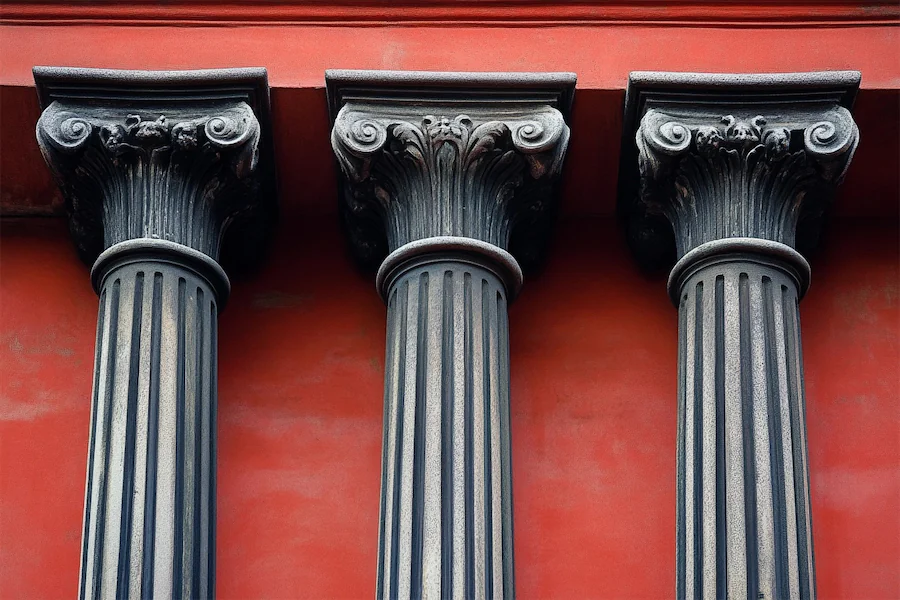Chippendale furniture, named after the renowned 18th-century English cabinetmaker Thomas Chippendale, is celebrated for its intricate designs and masterful craftsmanship. While Chippendale’s work primarily focused on furniture pieces such as chairs, tables, and cabinets, the influence of his design principles extends to architectural elements, including columns and pedestals.
Introduction to Chippendale Columns
Incorporating Chippendale’s aesthetic into architectural features, Chippendale-style columns often exhibit the same elegance and attention to detail found in his furniture. These columns are typically crafted from rich mahogany and feature decorative elements such as fluting, reeding, and intricate carvings. They serve both structural and ornamental purposes, enhancing the sophistication of interior spaces.
History and Origins of Chippendale Columns
Thomas Chippendale’s designs were a harmonious blend of Gothic, Chinese, and Rococo styles, as detailed in his seminal work, The Gentleman and Cabinet-Maker’s Director. While his original publications focused on furniture, the stylistic elements he popularized influenced broader interior design trends of the 18th century. Architectural features like columns began to reflect Chippendale’s penchant for elaborate ornamentation and refined proportions.
Key Features of Chippendale Columns
Chippendale-style columns are characterized by:
- Fluting and Reeding: Vertical grooves (flutes) or convex ridges (reeds) run along the length of the column, adding texture and visual interest.
- Intricate Carvings: Motifs such as acanthus leaves, scrolls, and other naturalistic elements are meticulously carved into the wood, showcasing the artisan’s skill.
- Mahogany Construction: Preferred for its durability and fine grain, mahogany allows for detailed carving and a polished finish.
- Integration with Furniture: Columns are often incorporated into furniture pieces, such as pedestal stands or as supporting elements in cabinets, reflecting the seamless blend of architectural and furniture design in Chippendale’s work.
Applications of Chippendale Columns
Examples of Chippendale-style columns include:
- Pedestal Stands: Tall, elegant stands featuring fluted columns and tripod bases, used to display decorative objects or plants.
- Balustrades and Railings: Incorporating Chippendale’s signature fretwork patterns, these architectural elements add a decorative touch to staircases and balconies.
Considerations When Designing Chippendale Columns
When incorporating Chippendale-style columns into a design, consider:
- Craftsmanship: The intricate details require skilled artisans to achieve the high level of detail characteristic of Chippendale designs.
- Material Selection: Choosing high-quality mahogany or similar hardwoods ensures durability and the ability to hold fine details.
- Stylistic Consistency: Ensuring that the columns harmonize with other design elements in the space to maintain a cohesive aesthetic.
Conclusion
Chippendale-style columns exemplify the elegance and sophistication of 18th-century design. By integrating intricate carvings and classical proportions, these columns continue to add timeless beauty to interiors, reflecting the enduring legacy of Thomas Chippendale’s craftsmanship.
